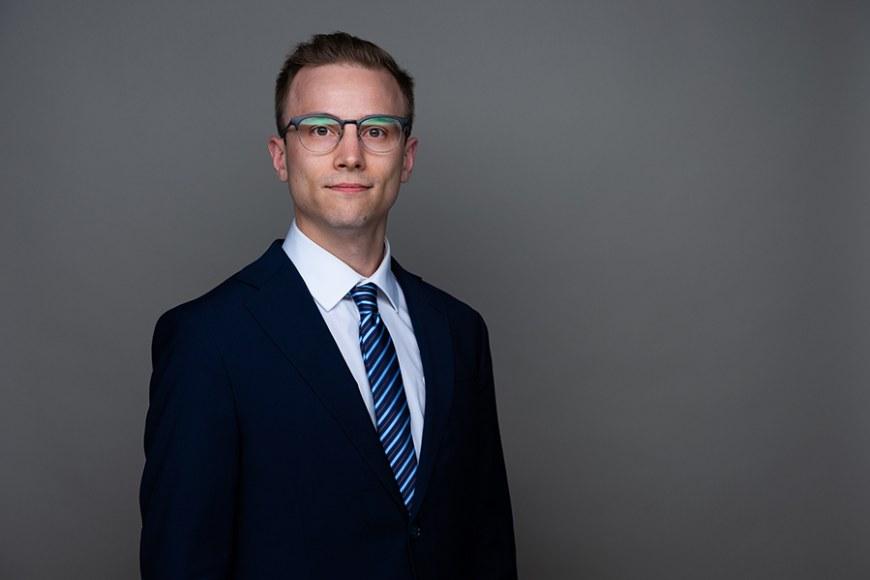
Multiple sclerosis (MS) is an inflammatory and neurodegenerative disease of the central nervous system which causes disability especially in young adults. There are approximately 2.8 million people living with MS worldwide. As no cure exists for MS, patients are offered counselling, lifestyle modifications, rehabilitation and medical therapies.
DMTs are drugs which aim to reduce disease activity and to prevent disability in people with MS. Recent studies have demonstrated that early intensive therapy is associated with better clinical outcomes in people with RRMS. However, there are some special risks associated with the use of DMTs for MS and safety monitoring is required for most therapies.
In his dissertation, Ilkka Rauma studied the safety of four different DMTs for MS: alemtuzumab, cladribine, fingolimod and natalizumab. In addition to reporting adverse events after alemtuzumab or cladribine, the dissertation investigated lipid-profile alterations during fingolimod treatment and disease reactivation in patients discontinuing natalizumab.
Rauma reported that, in general, the safety profiles of alemtuzumab and cladribine were mostly comparable to existing literature, with infusion reactions being common in patients treated with alemtuzumab and headache, herpes simplex and nausea being the most common adverse events after receiving cladribine. However, in the study investigating the safety of alemtuzumab in Finland, serious adverse events were more frequent than in previous studies.
”It was particularly interesting to study the safety of alemtuzumab in a Finnish case series, since the therapy has been shown to be associated with a risk for developing secondary autoimmunity. There is a high incidence of MS as well as some other autoimmune diseases in our nation. In our study, we demonstrated that adverse events after alemtuzumab may present with various clinical manifestations and, therefore, clinical alertness is required”, says Rauma.
Rauma also investigated the incidence of disease reactivation in patients discontinuing so-called anti-trafficking therapies for MS. These therapies prevent disease activity by preventing lymphocytes from reaching sites of inflammation in the central nervous system, but have been associated with a risk for disease reactivation beyond expected levels after the therapy is discontinued.
”We demonstrated that the risk for disease reactivation when discontinuing natalizumab was higher in patients with more relapses or more disability prior to initiating natalizumab. Our results may be utilized when assessing the risks of discontinuing natalizumab”, he says.
The doctoral dissertation of M.D. Ilkka Rauma in the field of neurology titled Safety of Disease-Modifying Therapies for Highly Active Relapsing-Remitting Multiple Sclerosis will be publicly examined in the Faculty of Medicine and Health Technology at Tampere University at 12 o’clock on Friday, 11 November 2022. The venue is Arvo building auditorium F115, address: Arvo Ylpön katu 34. The Opponent will be docent Eero Rissanen from University of Turku, the Director of Neurocenter Finland, University of Eastern Finland. The Custos will be Professor Jukka Peltola from the Faculty of Medicine and Health Technology.
The dissertation is available online at
http://urn.fi/URN:ISBN:978-952-03-2602-9
Photo: Ulrich Aydt
